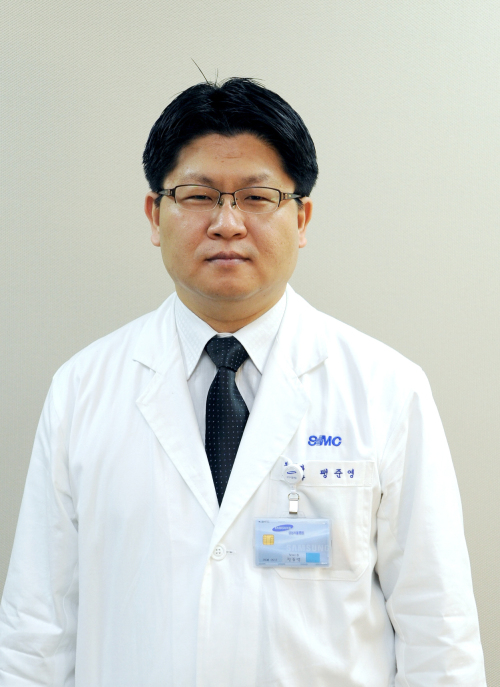Dental implant placement has recently become one of the most popular treatment options for tooth loss. An increasing number of patients are undergoing dental implant placement, and many more are carefully considering it a solution.
However, not all patients can be ideal candidates; those suffering from advanced bone loss may require a surgery called bone grafting to build up the jawbone.
The success rate of implant placement hinges on the condition of the gums and the underlying bone that holds an implant in place. The bone must be in a healthy condition and have a normal density to support dental implants. If a missing tooth is left untreated, the area around the tooth can recede, and eventually the bone will shrink away.
Tooth loss can occur for a number of reasons, including periodontal gum disease, and cause bone deterioration and loss. In such cases, a bone graft is needed to augment the jawbone.
Bone grafts for dental implant placementPatients must closely discuss with a dentist all options available and accurately identify the condition of the bone before deciding to go through dental implant placement. If bone grafting is needed, patients must be informed about the surgical procedure of bone grafting.
Bone graft surgery involves an array of techniques in accordance with the extent of bone deterioration, and a variety of bone materials are used. Using a bone obtained from the same individual receiving the graft is considered ideal, but this autologous grafting calls for another surgical procedure ― extracting the bone material.
For patients requiring a lesser amount of bone, options other than autologous grafting are often employed. Bone grafts may be allograft, xenograft and synthetic. Many cutting-edge products of tissue engineering technology also continue to be developed and used in the field. Any certified bone substitute may be used, but thorough, detailed planning and consultation with the dentist regarding the best type of grafting are crucial before undergoing surgery.
Dental implant surgery accompanying bone grafting naturally requires two different procedures to be carried out. Patients are required to wait until the grafted bone material has stabilized firmly in the jawbone without any infection before receiving the dental implants. Dental implants are sometimes placed in sync with bone grafting when the condition of the jawbone permits. However, for patients diagnosed with advanced bone loss, bone grafting is performed first and then followed by dental implant placement after a period of healing.
It takes four to nine months for a bone graft to heal and become ready for dental implants. The two most commonly found complications of bone graft failure are bone graft infection and resorption. Complications may prevent the grafted bone material from fusing to the existing bone and thereby adversely impact dental implants.
Dental implant maintenance
Successfully placed dental implants feel and function almost like natural teeth. Dental implants can also be long-lasting if they are properly cared for. Proper care and maintenance are critical in order to successfully use implant-supported teeth for an extended period of time.
As dental implants are made of titanium, they are not subject to most diseases found with natural teeth, such as dental caries.
However, as they are composed of different fixtures, they may develop problems such as fractures.
There is the chance that the jawbone supporting them may become damaged as with natural teeth, and result in problems such as inflammation around the dental implants and bone resorption. In particular, patients suffering from periodontal gum disease are susceptible to develop inflammation around their dental implants.
Implant-supported teeth also require thorough brushing and cleaning just like natural teeth. The long-term success of implants depends upon the conditions of the surrounding gums and bone of the dental implants. Therefore, it is strongly advised to return to the dentist for maintenance visits and have dental implants and their surrounding areas checked frequently.

Paeng Jun-young
By Paeng Jun-young, DDS, Ph.D
The author is a clinical associate professor at Department of Oral Maxillofacial Surgery of Samsung Medical Center. ― Ed.


![[Exclusive] Korean military set to ban iPhones over 'security' concerns](http://res.heraldm.com/phpwas/restmb_idxmake.php?idx=645&simg=/content/image/2024/04/23/20240423050599_0.jpg&u=20240423183955)

![[Graphic News] 77% of young Koreans still financially dependent](http://res.heraldm.com/phpwas/restmb_idxmake.php?idx=645&simg=/content/image/2024/04/22/20240422050762_0.gif&u=)


